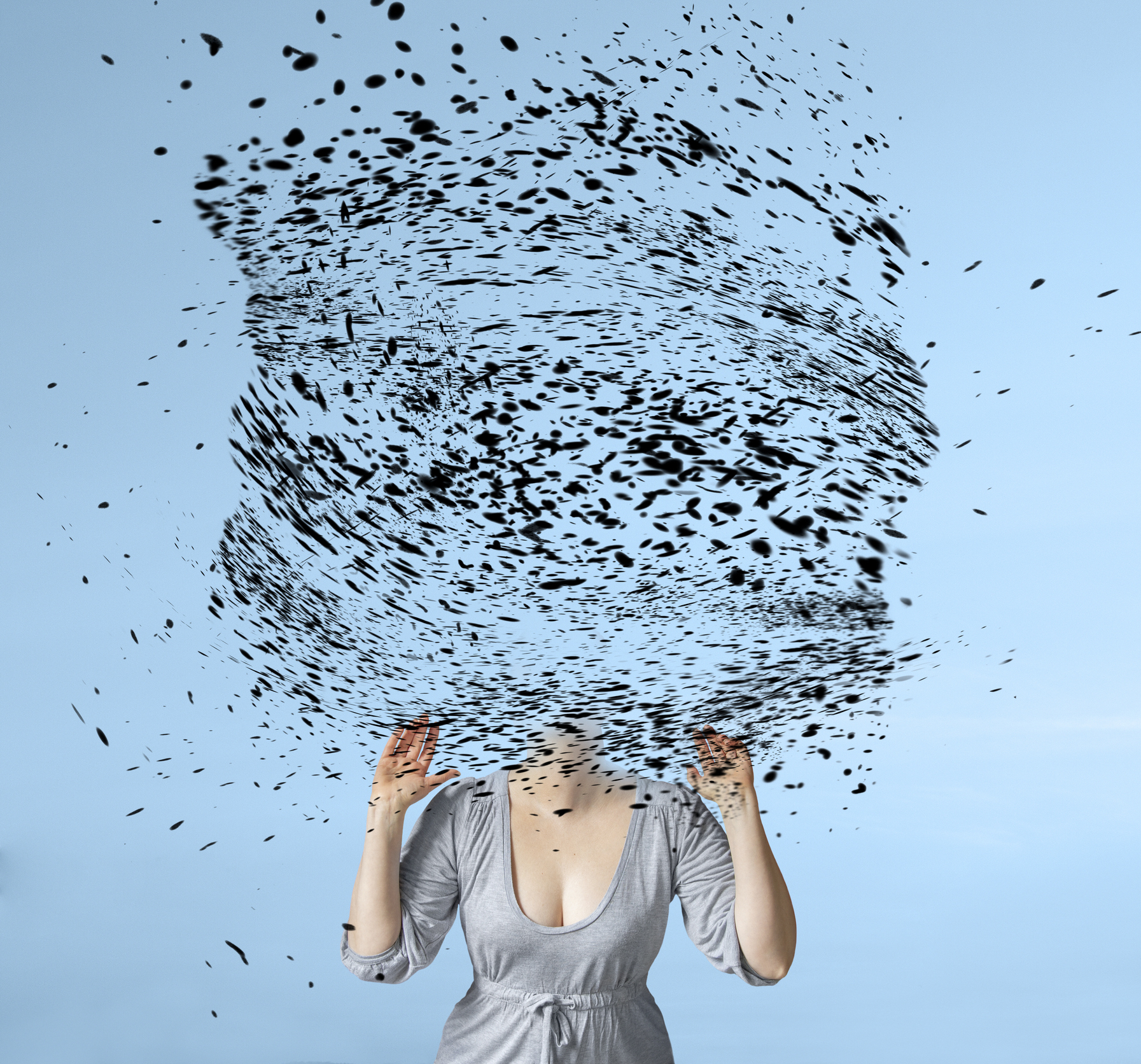
Living with migraines and headaches can be challenging, but there are strategies and treatments available to help manage and cope with these conditions. Here are some tips for living with migraines and headaches:
- Identify triggers: Keep a headache diary to track potential triggers such as certain foods, stress, lack of sleep, hormonal changes, or environmental factors. Identifying triggers can help you avoid or minimize exposure to them.
- Manage stress: Stress is a common trigger for migraines and headaches. Practice stress management techniques such as relaxation exercises, deep breathing, meditation, or engaging in hobbies and activities that help you unwind.
- Maintain a regular sleep schedule: Aim for consistent sleep patterns by going to bed and waking up at the same time every day. Avoid sleep deprivation, as lack of sleep can trigger migraines or make headaches worse.
- Create a calm environment: Minimize sensory stimuli such as bright lights, loud noises, and strong smells. Make your living space comfortable and soothing, and consider using blackout curtains, earplugs, or white noise machines to create a peaceful environment.
- Stay hydrated and maintain a healthy diet: Dehydration and certain foods can trigger migraines in some people. Stay hydrated by drinking enough water throughout the day, and maintain a well-balanced diet with regular meals. Avoid skipping meals and limit your intake of processed foods, caffeine, alcohol, and foods high in additives or preservatives.
- Exercise regularly: Engaging in regular physical activity can help reduce the frequency and intensity of migraines and headaches. Choose activities that you enjoy and start with low-impact exercises, gradually increasing intensity as tolerated. However, if exercise tends to trigger your headaches, consult with a healthcare professional for guidance.
- Seek medical advice: If migraines or headaches significantly affect your quality of life, it’s important to consult with a healthcare professional. They can provide an accurate diagnosis, prescribe appropriate medications, and discuss other treatment options such as preventive medications, Botox injections, or nerve stimulation devices.
- Explore alternative therapies: Some people find relief from migraines and headaches through alternative therapies such as acupuncture, biofeedback, cognitive-behavioral therapy, or herbal supplements. Discuss these options with your healthcare provider to determine their suitability for you.
Remember, everyone’s experience with migraines and headaches is unique, and what works for one person may not work for another. It may take time to find the most effective management strategies for your specific situation. Keep an open line of communication with your healthcare provider and don’t hesitate to seek support from family, friends, or support groups who understand and can offer empathy and advice.
See More on Video

The Migraine And Headache Program By Christian Goodman This program has been designed to relieve the pain in your head due to any reason including migraines efficiently and effectively. The problem of migraine and headaches is really horrible as it compels you to sit in a quiet and dark room to get quick relief. In this program more options to relieve this pain have been discussed to help people like you.